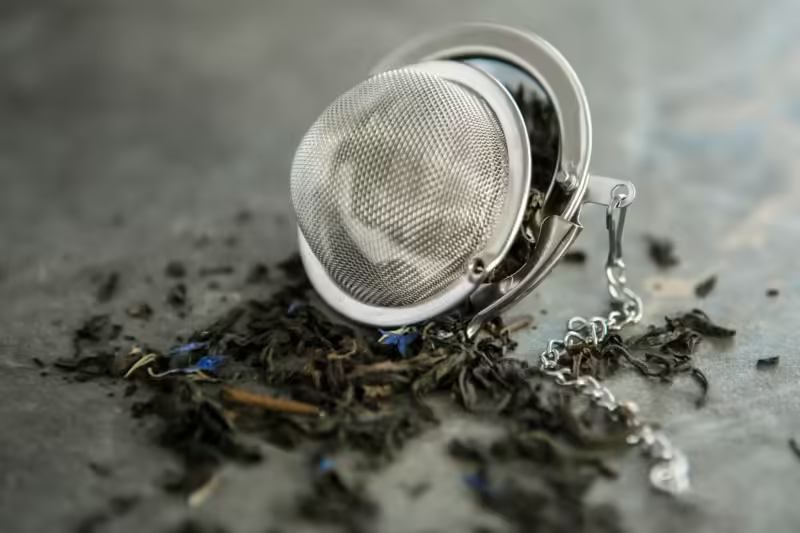
The Comprehensive Guide to Tea Strainers
Tea strainers are an essential accessories for any tea enthusiast, providing a simple yet effective way to separate loose tea leaves from the brewed tea. They come in various shapes, […]
 play_arrow
play_arrow
The Ultimate Guide to Tea Brewing Mr. Tea Talk
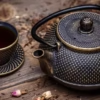 play_arrow
play_arrow
A Comprehensive Review of 3 Must-Have Tea Products on Amazon Mr. Tea Talk
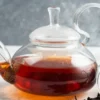 play_arrow
play_arrow
The Ultimate Guide to the Best Tea Essentials on Amazon: Kettles and Teapots You’ll Love Mr. Tea Talk
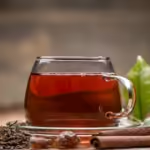 play_arrow
play_arrow
The Best Teapots for Tea Lovers: Silver vs. Borosilicate Glass Mr. Tea Talk
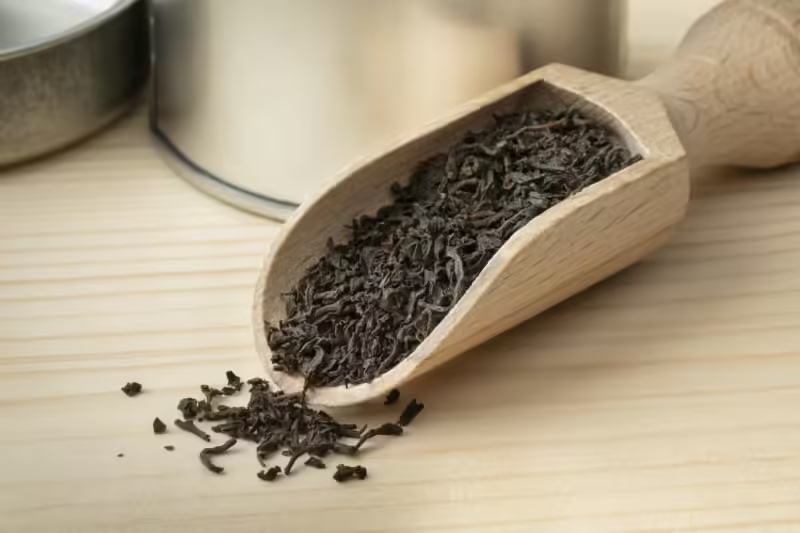
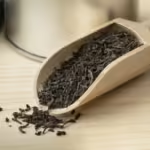 play_arrow
play_arrow
The Ultimate Guide to Tea Scoops Mr. Tea Talk
Tea scoops are a vital accessory for tea enthusiasts, playing a significant role in the tea brewing process. They are used to measure and transfer loose leaf tea into your teapot or infuser, ensuring that you use the right amount of tea for the perfect brew. This comprehensive guide will delve into the history of tea scoops, explore the different types and materials, discuss how to choose the perfect tea scoop, and provide tips on care and maintenance. Whether you are a seasoned tea drinker or just beginning your tea journey, this guide will help you appreciate the importance and functionality of tea scoops.
Tea scoops have a rich history that dates back to ancient China, where tea culture has been an integral part of society for centuries. The traditional Chinese tea ceremony, known as “Gongfu Cha,” involves precise measurements of tea leaves, and tea scoops have always been an essential tool in this ritual. These scoops were often made from bamboo or wood and were intricately carved, reflecting the artistry and craftsmanship of the time.
As tea drinking spread to Japan, tea scoops became a key component of the Japanese tea ceremony, or “Chanoyu.” In Japan, tea scoops are known as “Chashaku” and are traditionally made from bamboo. The use of tea scoops in these ceremonies underscores their importance in achieving the perfect balance of tea leaves and water.
In the Western world, tea scoops gained popularity during the 17th and 18th centuries as tea drinking became a fashionable pastime. European tea scoops were often made from silver or other metals and featured ornate designs, symbolizing the elegance and sophistication of tea culture.
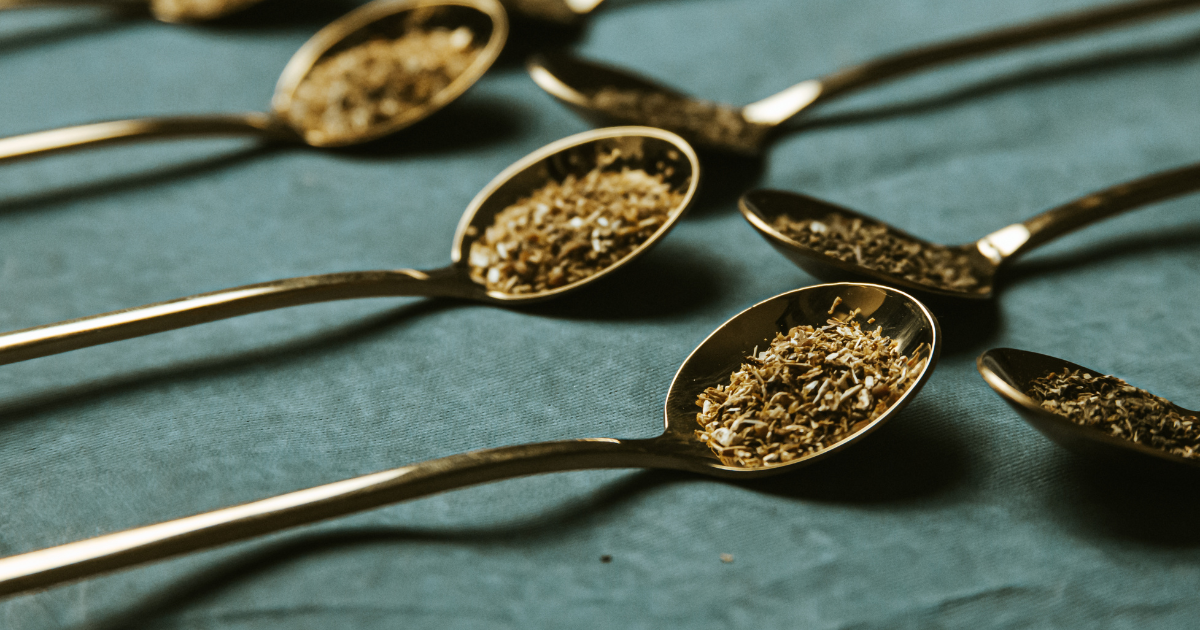
Tea scoops come in various shapes and sizes, each designed to suit different types of tea and personal preferences. Here are some of the most popular types:
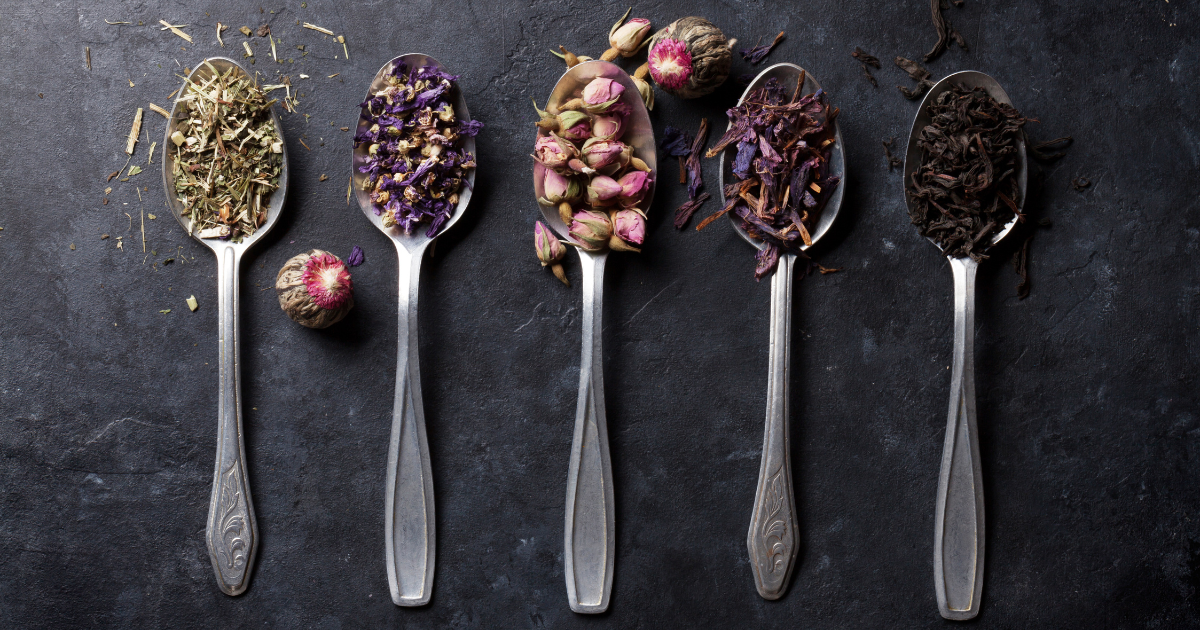
Choosing the right tea scoop involves considering several factors, including the type of tea you drink, your personal preferences, and your brewing habits. Here are some tips to help you select the perfect tea scoop:
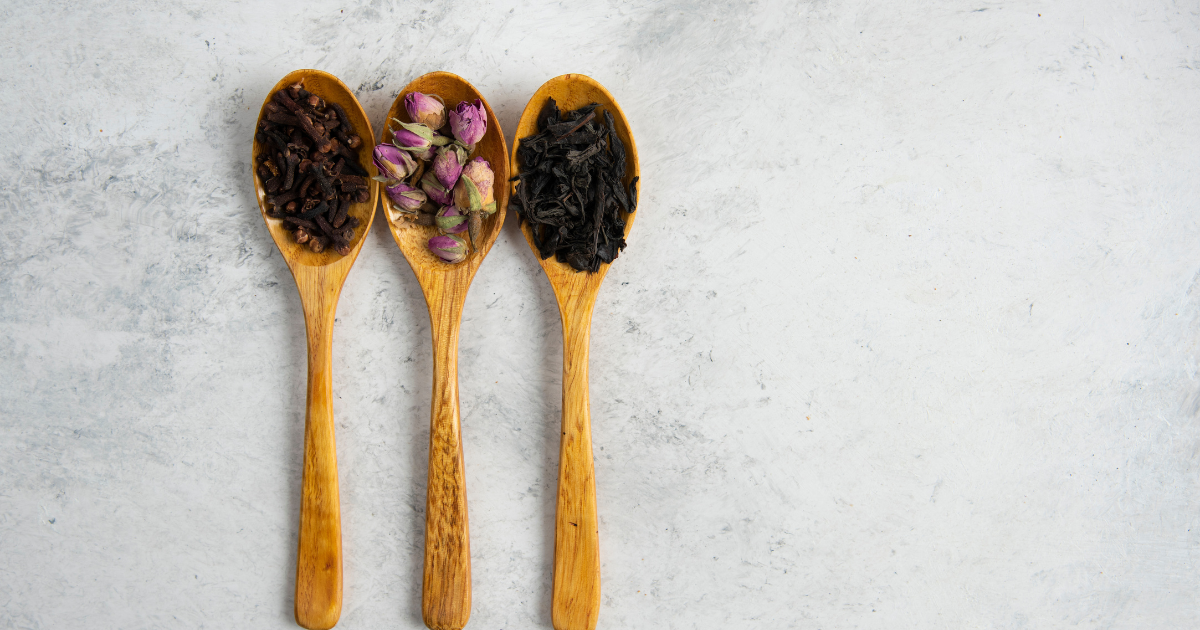
Using a tea scoop correctly is essential for achieving the perfect cup of tea. Here are some general steps for using a tea scoop:
Proper care and maintenance of your tea scoop will ensure it remains in good condition and continues to provide a great tea-drinking experience. Here are some general tips for caring for different types of tea scoops:
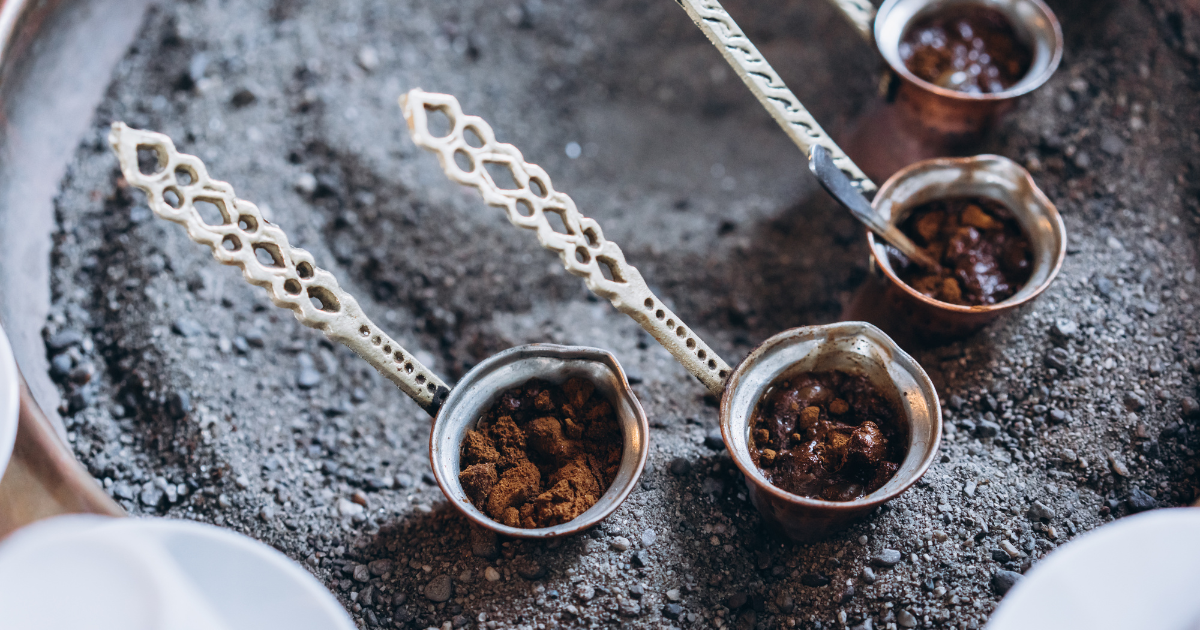
Tea scoops are an indispensable tool for any tea enthusiast, providing a convenient and precise way to measure and transfer loose leaf tea. By delving into the history, types, materials, and care of tea scoops, you can choose the perfect scoop to suit your needs and preferences. Whether you opt for a traditional bamboo scoop for ceremonial tea or a sleek metal scoop for your daily brew, the right tea scoop can significantly enhance your tea-drinking experience. Embrace the art of tea brewing with a high-quality tea scoop and savor each moment of your tea journey. Happy brewing!
This guide should cover everything you need to know about Tea Scoops, from their historical significance to practical tips on choosing and caring for them. If you have any specific aspects you’d like to delve deeper into or any other questions, feel free to ask!
Tagged as: Ultimate Guide to Tea Scoops, Tea Scoops.

Tea strainers are an essential accessories for any tea enthusiast, providing a simple yet effective way to separate loose tea leaves from the brewed tea. They come in various shapes, […]

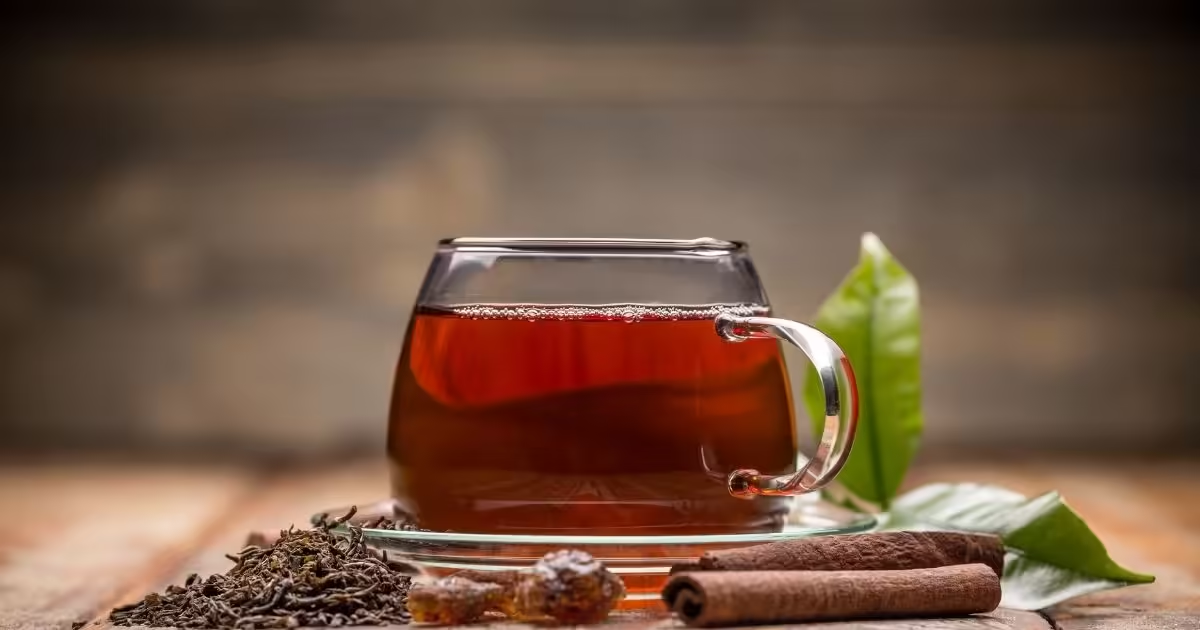
Copyright | Ceylon Wild Tea - All Rights Reserved | 2025
Post comments
This post currently has no comments.